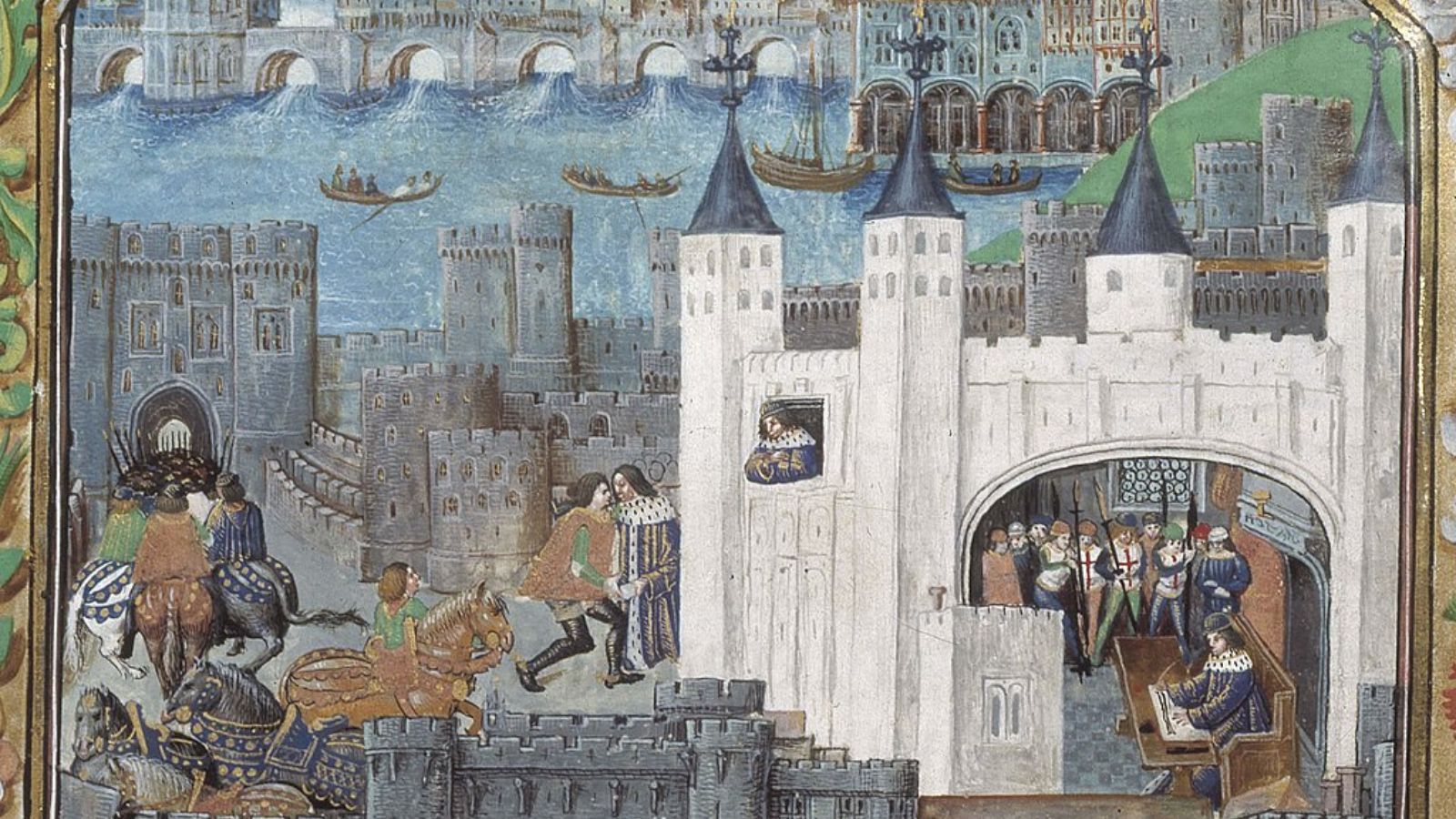London is the iconic heartbeat of the United Kingdom and a city steep in over 2,000 years of history. Everywhere you turn, you see glimpses into the past.
Everywhere you turn, you see glimpses into the past, from 2nd Century Roman walls and 11th Century Norman towers to street names that transport you to the medieval activities that took place there. Here are 25 facts about the city’s development from an early Roman town to a Victorian powerhouse.
- London was founded by the Romans in 43 AD and named Londinium.
- Londinium was established as a strategic point to cross the River Thames and gain access to the rest of the country.
- In the 2nd century AD, the Romans built a defensive wall around Londinium. A huge undertaking, its construction required around 85,000 tons of Kentish ragstone.
- You can see the ruins of various Roman buildings in London to this day, including the city walls, an amphitheater, a bathhouse, and temple.
- The decline of the Roman Empire in the 5th century led to the abandonment of Londinium. It was entirely deserted for almost 500 years, between 410 and 880 AD.
- The Anglo-Saxons reoccupied an area 1.6km from Londinium by the 7th Century, renaming it Lundenwic.
- Lundenwic became a prosperous trading hub (“wic” actually means “trading town”) and continued to grow in importance during the Anglo-Saxon period.
- In the 9th century, Alfred the Great established the fortified settlement of Lundenburgh to help defend against Viking raids. In the process, Lundenwic was mostly abandoned, re-establishing itself within the old Londinium walls.
- The Vikings captured and sacked London multiple times during the 9th and 10th centuries.
- The Norman Conquest of England in 1066 led to the establishment of Norman rule in London.
- William the Conqueror built the White Tower of the Tower of London in the 11th century as a symbol of Norman power. It has served various purposes over the centuries, including as a royal residence, fortress, and prison.
- The medieval period saw the development of London as a bustling commercial and political center.
- Westminster Abbey was constructed in the 11th century and became the coronation church of English monarchs.
- London Bridge was turned from a wooden structure into a stone one in the 12th century, and became a crucial crossing point over the River Thames.
- The Magna Carta, a foundational document in English legal history, was signed in 1215 near London at Runnymede.
- The Black Death struck London in the 14th century, leading to a significant decrease in the city’s population.
- The Peasants’ Revolt of 1381 saw widespread unrest in London and other parts of England.
- The Tudor period, between 1485 and 1603, saw the rise of London as the political and cultural center of England. It was also a focal point of England’s power and international trade.
- Henry VIII established the Church of England in the 16th century, leading to the dissolution of monasteries in London.
- The Great Fire of London that started on September 6, 1666 destroyed much of the medieval city, leading to widespread reconstruction.
- Sir Christopher Wren led the rebuilding efforts after the Great Fire and designed many of London’s iconic landmarks, including St. Paul’s Cathedral.
- The Industrial Revolution transformed London into a major industrial and commercial hub in the 18th and 19th
- The Victorian era saw significant improvements in London’s infrastructure, including the construction of sewage systems and railways.
- The expansion of the British Empire in the 19th century led to London becoming the largest city in the world.
- The London Underground, the world’s first underground railway, opened in 1863 and has since become an integral part of the city’s transportation network.

